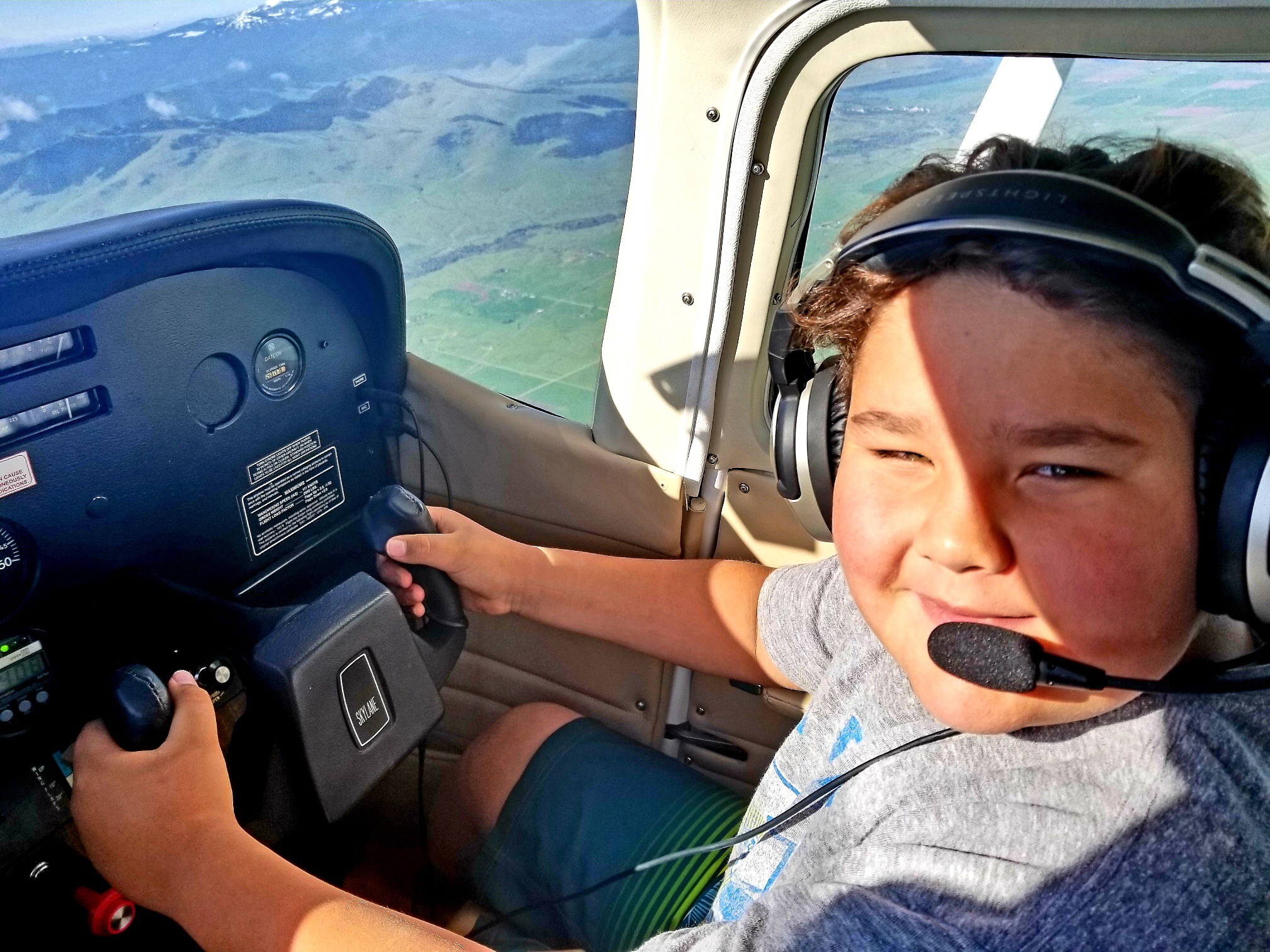Go-Arounds: Are they classified as a success or a failure? A sure loss?
During this report I wanted to explore with a little more detail the decision making process behind a Go-Around, more so than the execution portion of this maneuver.
Go-arounds clearly may be needed in a wide variety of scenarios, including:
- Unstable approach: Too fast, too high, too low, or misaligned with the runway. Have you considered what you would classify as an unstable approach to your particular aircraft and operation? The airlines have extremely detailed and structured limitations regarding what constitutes an unstable approach for airspeed, glide path, rate of descent and configuration with specific altitude and distance gates. I unequivocally believe that we need to adopt similar customized criteria to our aircraft and be relentlessly compliant to them…ALWAYS!
- Something on the runway: Another aircraft hasn’t cleared in time, vehicles, debris, animals, etc.
- Loss of visual reference.
- Mechanical or system issues: Anything from a flap problem to a cockpit distraction.
- Wind shear or gusts: Unstable wind conditions making landing hazardous.
- ATC instruction: If ATC directs you to go around due to conflicting traffic, or another crew member, or on board traffic equipment.
I am certain that you can think of other valid reasons that would necessitate a Go-Around.
Early is better than late. A Go-Around should rarely be a last-minute decision. If something doesn’t look or feel right by 500 feet AGL, it’s time to go around. Don’t wait to “see if it works out.” The longer you delay, the less margin for error you will obviously have. A successful Go-Around starts with a proper briefing and perpetual practice:
- In addition to the briefing and verbalization of the missed approach profile (IFR) or the VFR Go-Around plan, also brief the mechanical steps of the maneuver. Most commercial operators mandate the briefing of the mechanical steps. Let’s adopt the same procedure. Remember, that typically a Go-Around is accompanied by some startle effect. During a startle, we do not rise to the occasion. We regress to our practice and what we most recently drilled, such as verbalizing the mechanical steps of the Go-Around on every flight. Add that process to your toolbox.
- Make it a task to frequently practice the maneuver. Don’t be caught being rusty on this maneuver, while you are also overwhelmed by the startle effect that necessitated the execution of the maneuver itself. Remember: Practice makes proficient!
Finally, let’s discuss the sneaky threat that accompanies this maneuver: The potential stigma and the hesitation of its execution due to a human condition as it relates to decision making.
During one of our recent on-line safety forums, we discussed the “decision of a sure loss.” A concept that stems from game show theory. More specifically, we touched upon the concept that during any decision making process, most humans will not choose the “decision of a sure loss.” For those that were not able to attend the forum, let me elaborate slightly.
There used to be a TV game show titled: Let’s make a deal. To simplify it, the contestant would be offered $100, or choose to take what is behind a closed door. Behind the door might be a bag of cash, or a bag or rocks! It “capitalizes” on the human decision making process, or more specifically on the human condition of risk management. Incidentally, so do the Las Vegas casinos!:-). Let’s elaborate further and then we can get back to the subject of Go-Arounds.
Typically, when we make a decision there are two alternatives. Option A is what we can call the “decision of a sure loss.” Option B has two potential outcomes: complete success, or complete failure. In the previous example, choosing to just keep the $100 (Option A) we are assuming a “sure loss”. We are “losing” the potential of what might be behind the door. Option B (the hidden door) has two potential outcomes: complete success would be a bag of cash, or complete failure which would be a bag of rocks. Human beings in general do not typically like, nor choose the “decision of a sure loss”.
That’s why the house always wins in Vegas! Folks typically continue to gamble, instead of accepting a small loss or gain (the decision of a sure loss) and leave the casino.
How does that decision making process apply to the subject of Go-Arounds? To decide to Go-Around is Option A, a decision of a sure loss. We will be delayed for our arrival, we will expose ourselves to a potentially challenging maneuver and we might potentially lose face with our passengers or other crew members. Option B will have two outcomes. The complete success is that we will somehow salvage the landing and the complete failure obviously has multiple undesirable scenarios (landing long, aircraft damage, or worse).
Like in every decision, we must project ourselves forward to what the failure outcome of Option B is and consider whether or not is a choice we are willing to accept. If it is not, then we must choose Option A (the “decision of a sure loss”).
Therefore, ask yourself sincerely: Do you view the Go-Around as a success or a failure?
We all know what the answer should be. It’s a potentially life-saving option. Especially, when it is pilot initiated, as its selection is classified as a”sure loss.”
The decision of a Go-Around is a hallmark of good judgement, situational awareness and command of our aircraft.
A safe landing begins with a safe approach—and sometimes that means recognizing when not to land. The Go-Around is not a backup plan; it’s an essential part of every pilot’s toolkit. Fly with confidence, and always be prepared to make the right decision—even if that means going around.
Remove any stigma that you may have placed in your mind regarding the maneuver and label it for what it truly is: Excellent judgement!
Thank you for your time.
In safety,
Alexi Stavropoulos
AFW Safety Officer
AlexiosS@angelflightwest.org

